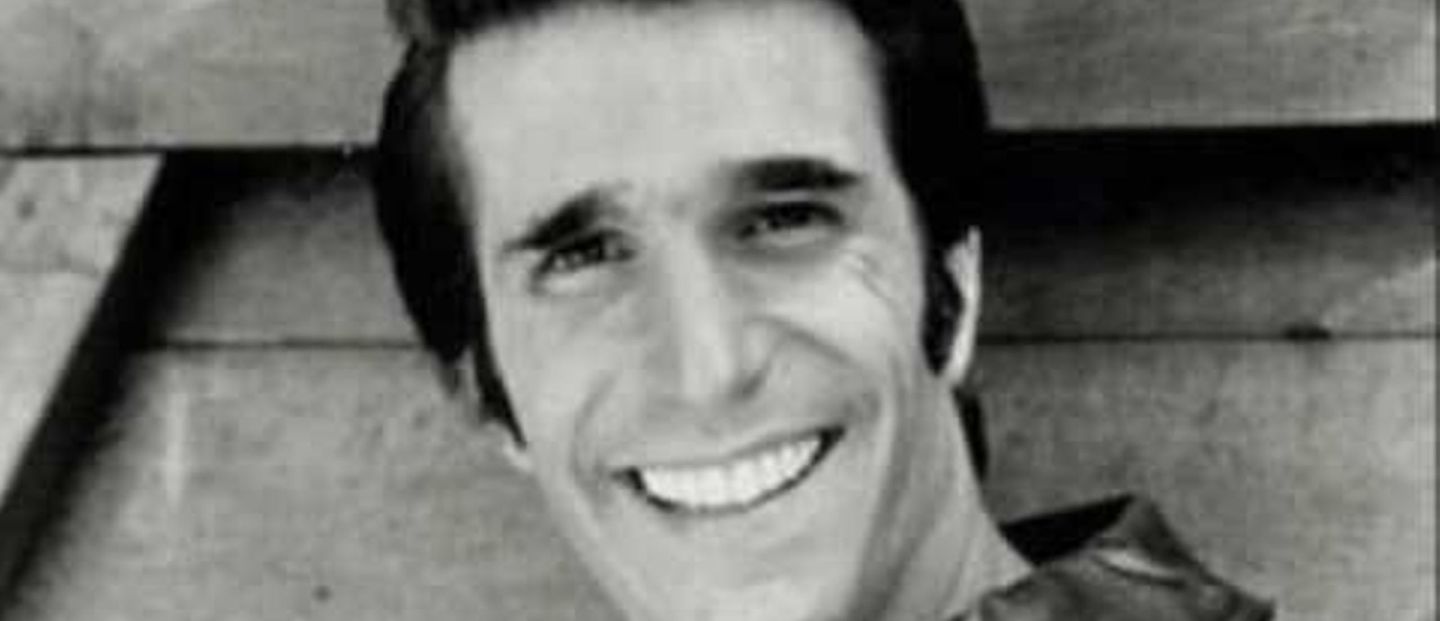7 Steps To Creating Experiences Your Audience CANNOT Get Online
Event budgets are up. In fact 72% of brands will be executing more event experiences this year.
But the game has changed, and traditional events are being replaced by a new kind of interaction. A higher standard is demanded, focusing on delivering rich attendee experiences that start well before the actual event and carry on well afterwards. Ignore this new trend and you risk having your event tagged as “old school,” and subsequently dismissed.
Smart marketers are therefore redirecting their budgets from traditional campaign objectives like “building awareness,” to developing the holy grail of modern marketing: relationships.
And a key part of this strategy includes events that deliver modern experiences you just can’t get online.
This concept is anchored by the goal of no longer talking at your audience, but actually giving them a chance to experience your product or service in a more human, tactile and interactive way. The proverbial “death by PowerPoint” is no longer acceptable.
Why does it matter? Well for one, 96% of event attendees said they’re more inclined to purchase.
The changing demographics and attention spans of audiences demands a more personalized approach that successfully steers clear of the one-size-fits-all mentality. It’s now about delivering a user-centric customer journey rather than forcing upon our audiences a regimented schedule that they must all follow step-by-step.
Speaking of steps…
Below are 7 Key Steps to Evolving from Old School to a Modern Event:
-
Get the hook for that sage on stage – go for community based interactions that cater to specific and deliberate audience profile characteristics.
-
Empower your audience with the options of attending, revisiting, sharing, and viewing remotely. The all-or-nothing/attend-or-miss-out model is much less compelling, and it doesn’t enable the amplification social sharing can provide.
-
Generate actionable intelligence/metrics, and then act on them with an integrated campaign. Save the paper and the business cards for the old school players.
-
Move beyond the one-way data transfer from exhibitor to attendee. The key is continuous, two-way data transfer from CRM solution to event and back again, throughout the attendees’ experience journey. This informs future marketing efforts AND makes subsequent events even more user-centric.
-
Access to information is important. Now bring it to the next level and create an emotional connection to your brand, product and message. A good experiential agency can do this for you.
-
For you micromanagers: planning each day down to the minute won’t fly anymore. The task is now to enable exploration and relationships to form.
-
The modern event is a journey that attendees experience. “One and done” is no good; it’s critical to invest as much time pre, during and post event.
Learn More
If you are interested in finding out more and learning about other ways to successful deliver and execute a modern event, download the free whitepaper, “The Modern Event is Now a Strategic Marketing Initiative.”
